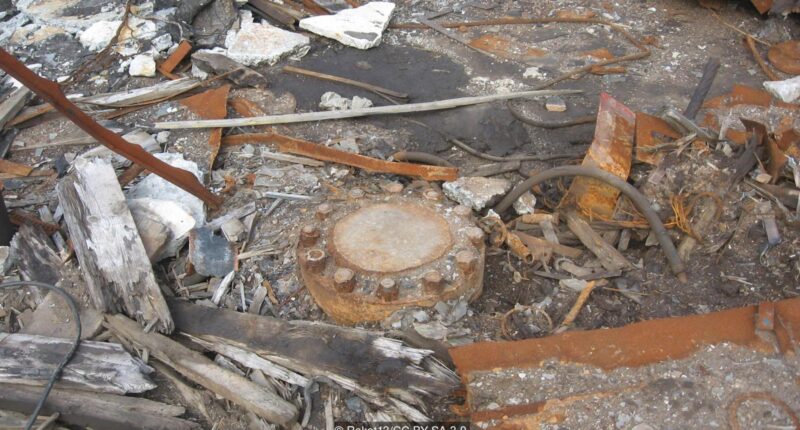THE world’s deepest man-made hole was dug in Russia as part of a scientific experiment.
It has since been sealed up but not before scientists were able to unlock many secrets and mysteries beneath the Earth’s surface.
What is the Kola Borehole?
Russia’s Kola Superdeep Borehole was created by the Soviets in the name of science so they could learn more about what’s really under our feet and dig to depths unknown.
It stretches 40,000 feet below the surface – but it’s only covered by a rusty metal lid.
The project to drill into the Earth’s surface began near Murmansk in the 1970s when Soviet scientists wanted to learn more about the Earth’s crust.
Over two decades, they managed to dig more than 7.5 miles down into the Earth.
Why did Russia seal up the world’s deepest hole?
In 1992, the scientists had to stop drilling because the temperature was around 180 degrees Celsius.
This was far hotter than the scientists predicted it would be.
Experts still need to figure out a way to overcome this temperature issue if they want to keep drilling and not destroy all of their equipment in the process.
Drilling stopped in August 1994 but was said to halt due to a lack of funding and not the temperature issues.
Most read in News Tech
The Kola Superdeep Borehole is 23 centimeters in diameter and its metal lid is welded on so it is unlikely that anyone would ever fall down it.
Locals in the area say that the hole is so deep you can hear the screams of people being tortured in hell, hence its nickname being “the well to hell”.
What mysteries were solved?
The researchers found out that there is water at 12 kilometers into Earth’s crust, despite this previously being thought to be impossible.
They also found 24 new types of long-dead single-celled organisms and gained access to rocks that were 2.7 billion years old.









